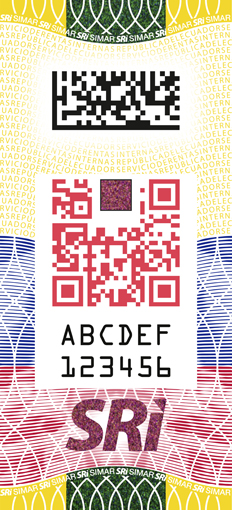As European Union member states consider how best to overcome the illicit trade in tobacco products in line with the EU Tobacco Products Directive (TPD), they need to ensure that any measures will also be compliant with the World Health Organisation’s international blueprint for the regulation of tobacco production and distribution, says a trade body.
The International Tax Stamp Association (ITSA) points out that what may be compliant under the TPD could violate the WHO’s Framework Convention on Tobacco Control (FCTC) Protocol, which comes into force in September and which, as an international law will take precedence over the TPD. ITSA is concerned that the TPD and some of its technical standards for traceability and security features, with data storage, do not comply with the WHO Protocol.
It highlights weaknesses in the TPD that it says could undermine the security of the tracking and tracing systems to be implemented and points out that some responsibilities are being unnecessarily delegated to the tobacco industry.
Nicola Sudan, Secretary General of ITSA said: “There are a number of security and product identification requirements included in the TPD that need to be compliant with the WHO Protocol, which also requires that tracking and tracing obligations should not be delegated to the tobacco industry itself. We think it is important that Member States are aware of the potential for misalignment and take the appropriate steps to mitigate the weaknesses and vulnerabilities of the TPD, ensuring that their traceability and security systems are in full compliance with the WHO rules.”
ITSA has published new guidance on security and traceability for tobacco products. The document provides advice on how tax stamp programmes can combine the traceability and security feature requirements specified in the TPD technical standards, whilst also providing a fully independent sourcing solution in compliance with the WHO Protocol. ITSA recommends that all the authentication elements required by the TPD should be provided by a third-party provider and combined with the digital data in the unique identifier (UID) in a multi-layered security bearer, such as a tax stamp. Combining the digital data with authentication features would add important anti-fraud protection assuring the UID cannot be fraudulently duplicated.
The WHO Protocol supports this approach and puts a much stronger emphasis on the need for suppliers of the track and trace control system to be independent of the tobacco industry than is required by the architecture promoted by the TPD.
ITSA also points out that 23 out of 28 EU states already have tax stamps in place, and upgrading programmes, where needed, will provide the most practical way of complying with the TPD technical standards. For those who don’t yet have tax stamps this could be the moment to change approach.
Nicola Sudan said: “From the point of view of high level security, ease of examination and independent sourcing, combining all the authentication and ID elements together onto one tax stamp undoubtedly provides the best overall solution.
“In addition, compared to applying five separate authentication elements on the tobacco product packaging separately from the unique identifier code, the cost of the tax stamp is much lower. Anywhere that current tax stamps don’t fully comply, they can be easily upgraded to carry all required TPD authentication and UID data elements to ensure effective product traceability which will fight fraud and support tax collection.”
Copies of the new ITSA Guideline are available from the ITSA website at www.tax-stamps.org.










